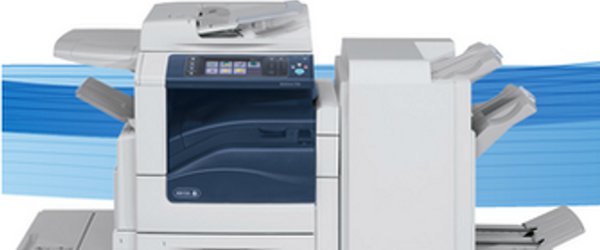
Xerox has announced that it will release a downloadable software patch to tackle a glitch in some of its WorkCentre products that can result in figures being altered in scanned documents.
The issue only occurs if people alter its machines’ default settings.
The error resulted from the scanner’s image compression algorithm not working at high compression settings. If it determines two parts of a document are identical, it makes one compressed version and reuses it across all the similar areas.
The glitch was discovered after a German computer scientist noticed that two Xerox Workcentre models he used had randomly altered numbers in pages he had scanned.
"Xerox is developing a software patch that can be remotely downloaded to each device," the company said in a blog post. "The software patch will disable the highest compression mode thus completely eliminating the possibility for character substitution. Xerox will begin rolling out the patch within a few weeks."
Xerox’s VP Rick Dastin said the issue only arose if owners changed a machine’s scanning setting to lower its resolution in order to save documents at smaller files sizes.
Switching the scanning mode from the default "higher" quality setting to "normal" quality resulted in the machines adopting the Jbig2 compression standard, he said.
A side-effect is that the smaller numbers and letters appear on an original page, the more likely they are to be changed in its reproduction.
Dastin said the patch should become available in the next couple of weeks and that, in the meantime, customers should check their devices to ensure their default settings had not been changed.
Xerox said that 14 of its models dating back to 2005 offer Jbig2 compression, representing hundreds of thousands of individual units.
Dastin added that Xerox had been aware of the issue since the machines’ original design and had flagged it in its user manuals.
"We’re surprised there has been such a dramatic reaction, but we are taking it seriously. We got the feedback and we are going to be proactively working with our customers to make sure they feel comfortable with the data integrity of our devices.
"We know a lot of people in our industry use the Jbig2 algorithm, but I can’t comment on whether they would have this problem or not."






